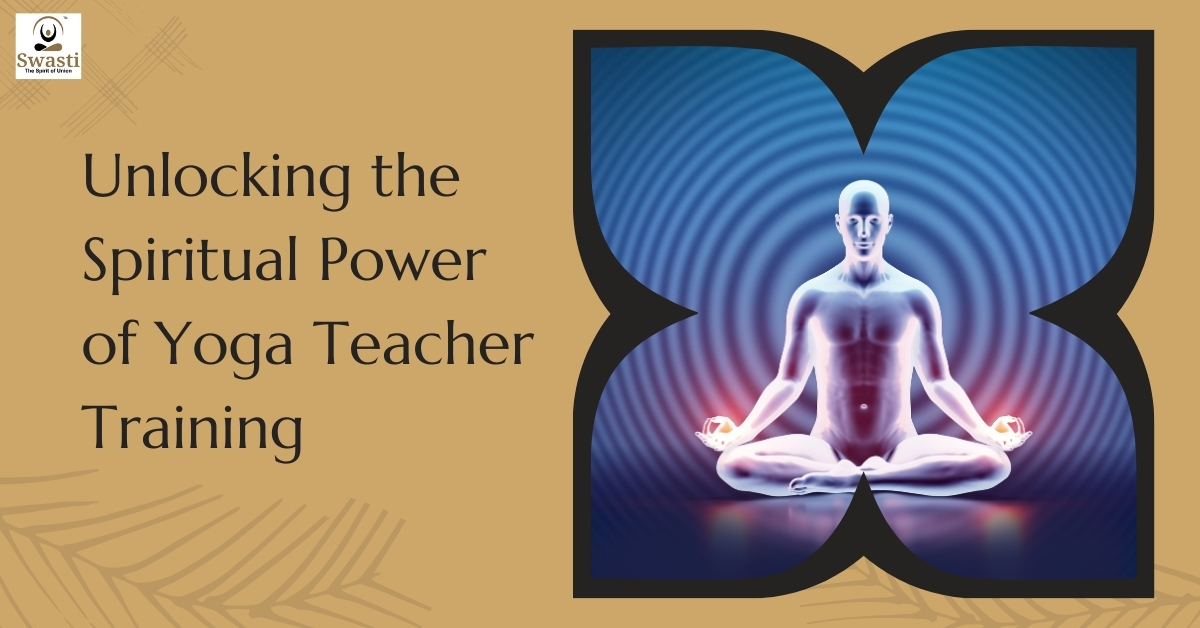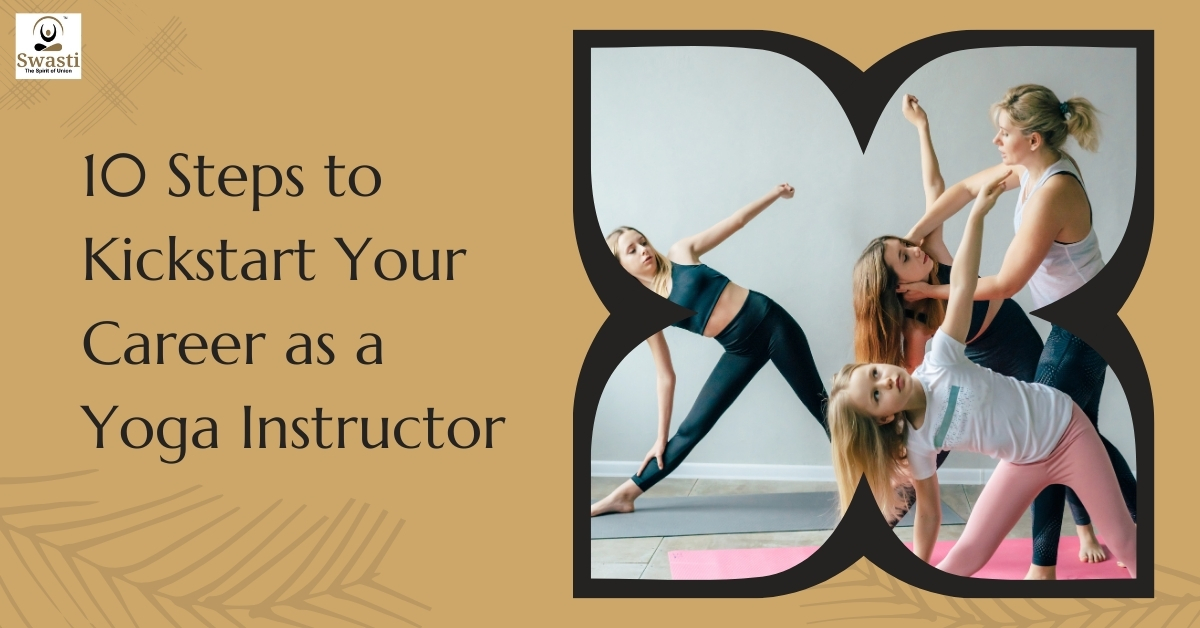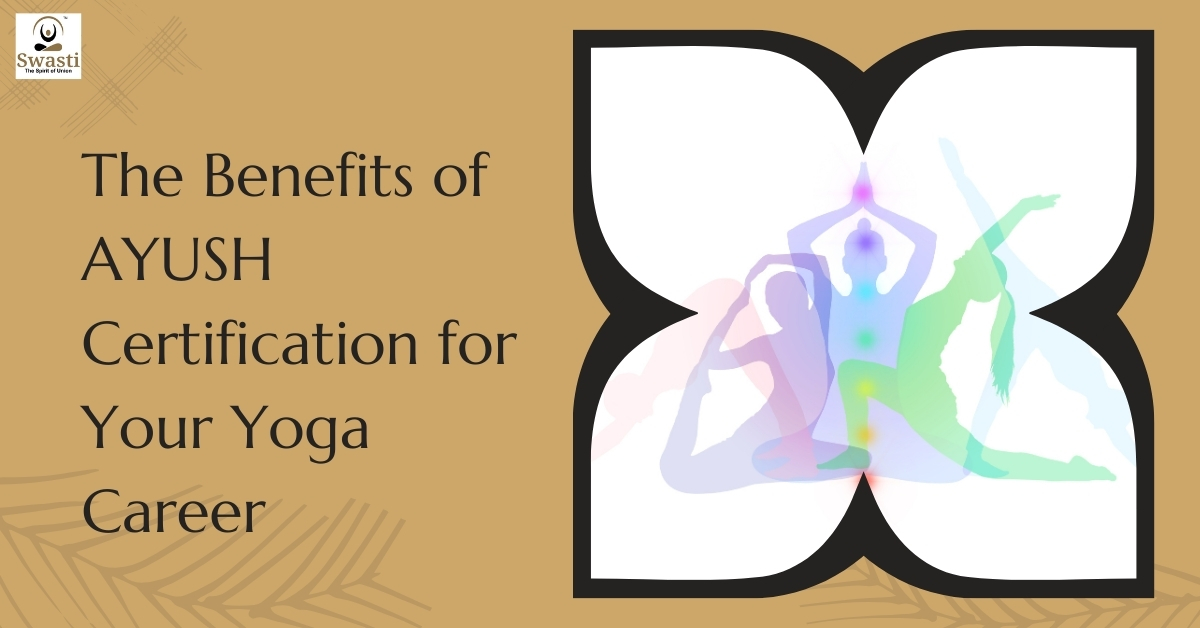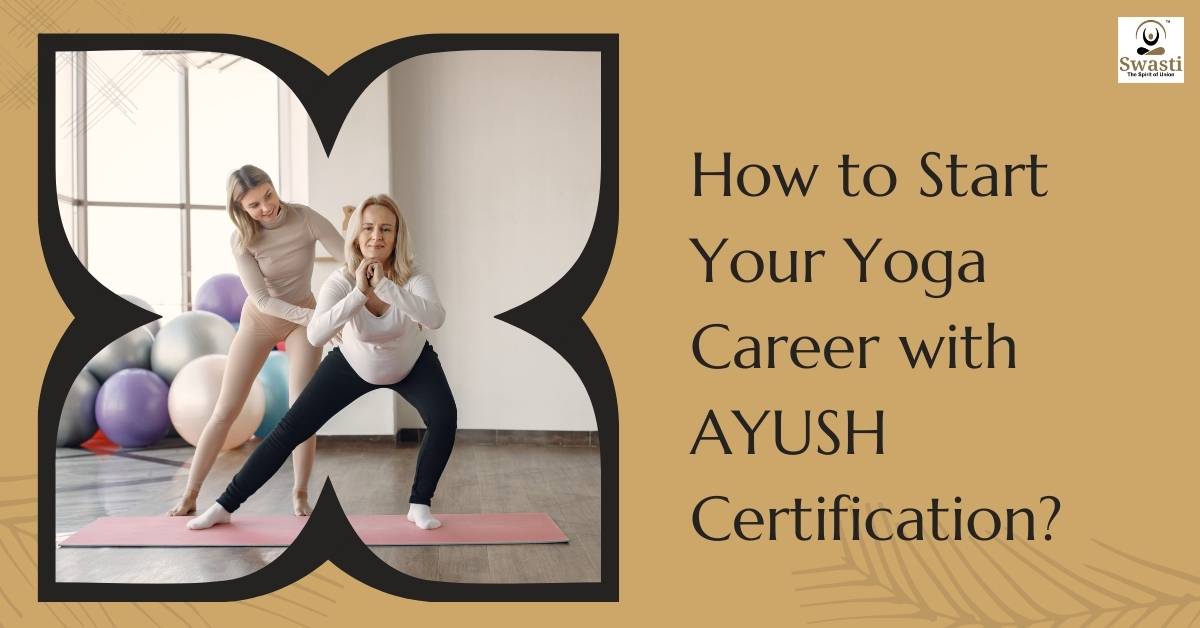
Unlocking the Spiritual Power of Yoga Teacher Training
Yoga, an ancient practice that originated in India, has transcended geographical boundaries to become a global phenomenon. Beyond its physical benefits, yoga is a holistic practice that encompasses spiritual, mental, and emotional well-being. The practice of yoga goes beyond the physical postures; it delves into the realms of spirituality and self-discovery. One way to deepen this spiritual connection and understanding of yoga is through yoga teacher training. The Essence of Yoga Teacher Training Yoga teacher training is not just about learning how to teach yoga postures; it is a transformative journey that delves deep into the essence of yoga. It is a path of self-exploration, self-improvement, and spiritual growth. Through yoga teacher training, practitioners not only learn the art of teaching yoga but also deepen their practice, connect with their inner selves, and unlock the spiritual power of yoga. Connecting with the Spiritual Roots of Yoga Yoga has its roots deeply embedded in spirituality. The ancient yogis practiced yoga not just for physical fitness but as a means to connect with the divine within themselves. Yoga teacher training provides practitioners with the tools and knowledge to delve into the spiritual aspects of yoga. Through meditation, pranayama, chanting, and self-reflection, participants can unlock the spiritual power of yoga and deepen their connection with the divine. Self-Discovery and Personal Growth Yoga teacher training is a journey of self-discovery and personal growth. It challenges practitioners to step out of their comfort zones, confront their fears and limitations, and embrace their true selves. Through the guidance of experienced teachers, participants are encouraged to explore their inner landscapes, confront their shadows, and emerge as empowered individuals. This process of self-discovery is integral to unlocking the spiritual power of yoga. The Science Behind Yoga Apart from its spiritual aspects, yoga is also backed by scientific research that supports its numerous health benefits. Studies have shown that regular yoga practice can improve flexibility, strength, and mental well-being. Yoga has been found to reduce stress, anxiety, and depression while enhancing overall quality of life. Understanding the science behind yoga can further deepen one’s appreciation for the practice and its transformative effects on the mind, body, and spirit. Community and Support System Yoga teacher training provides a supportive community where like-minded individuals come together to learn and grow. The bond formed with fellow participants and teachers can be a source of inspiration, motivation, and encouragement throughout the training. Being part of a supportive community can enhance the learning experience, foster personal connections, and create a sense of belonging. The sense of community in yoga teacher training adds another dimension to the spiritual journey and reinforces the importance of connection and unity. Integration of Yoga Philosophy Yoga teacher training not only focuses on the physical aspects of yoga but also delves into the philosophical teachings of yoga. Understanding concepts such as the Eight Limbs of Yoga, the Yoga Sutras, and the Bhagavad Gita can provide a deeper insight into the spiritual foundations of yoga. By integrating yoga philosophy into their practice, participants can enrich their understanding of yoga as a holistic system for spiritual growth and self-realization. Transformational Retreat Experiences Many yoga teacher training programs include retreat experiences that offer a transformative environment for self-reflection and growth. Retreats provide a break from the distractions of daily life and offer a space for deepening one’s practice and connection with the self. Immersed in nature or secluded ashrams, participants can immerse themselves in yoga, meditation, and spiritual teachings, allowing for a profound shift in consciousness and a renewed sense of purpose and clarity. The Art of Teaching and Sharing Central to yoga teacher training is the art of teaching and sharing the practice of yoga with others. Participants learn how to create thoughtful sequences, offer modifications and adjustments, and hold space for their students with compassion and authenticity. The act of teaching becomes a form of service and a way to share the transformative power of yoga with the world. Through teaching, participants deepen their own practice and contribute to the growth and well-being of their students. Embodying the Yamas and Niyamas The Yamas and Niyamas, the ethical principles of yoga, form the foundation of a yogic lifestyle. Yoga teacher training emphasizes the importance of embodying these principles both on and off the mat. Practicing non-violence, truthfulness, non-stealing, moderation, and self-discipline cultivates a sense of inner harmony, integrity, and spiritual alignment. By living in alignment with these ethical guidelines, participants can deepen their spiritual practice and create a more compassionate and conscious way of living. The Integration of Yoga into Daily Life Yoga teacher training encourages participants to integrate their yoga practice into their daily lives beyond the training. By cultivating mindfulness, awareness, and presence in everyday activities, practitioners can carry the transformative power of yoga into all aspects of their lives – be it work, relationships, or personal growth. The integration of yoga into daily life allows participants to maintain a sense of balance, peace, and spiritual connection amidst the challenges and demands of modern living. Conclusion In conclusion, yoga teacher training is a transformative journey that allows practitioners to deepen their practice, connect with their spiritual selves, and unlock the spiritual power of yoga. By embracing mindfulness, cultivating compassion, integrating yoga philosophy, and embarking on a journey of personal transformation, participants can experience profound growth and self-discovery. If you are ready to embark on this transformative journey, consider enrolling in yoga teacher training courses in Pune to take your practice to the next level.










